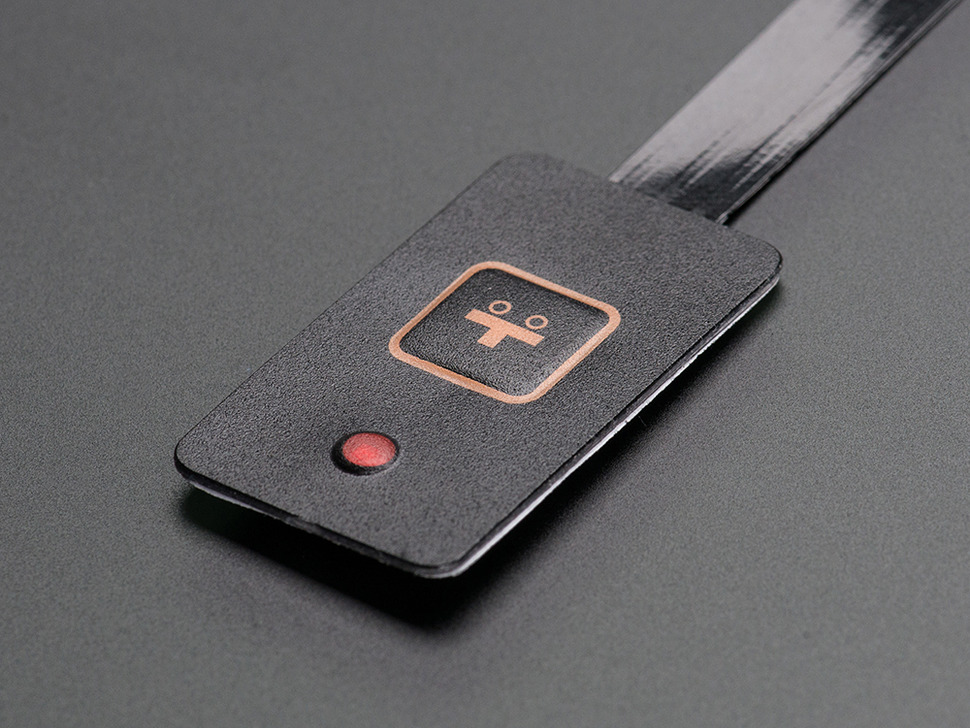Understanding Membrane Layer Switches Over: The Secret to Sturdy and Reputable Controls

What Are Membrane Switches?
Membrane switches are an advanced remedy in the world of customer interface innovation, combining functionality and style perfectly. These tools function as an interface between users and electronic systems, incorporating a number of elements right into a compact format. Commonly constructed from versatile, thin layers of products, membrane buttons are designed to respond to touch, making it possible for customers to engage with equipment and electronic tools effectively.
The key aspects of a membrane button consist of a published circuit layer, visuals overlay, and a spacer layer that avoids unintentional activation. The visuals overlay can be personalized to reflect brand identity or customer choices, improving aesthetic appeals while guaranteeing use. Membrane switches are typically made use of in numerous applications, consisting of medical tools, consumer electronic devices, and industrial tools, owing to their toughness and resistance to ecological variables such as moisture and dust.
One of the key advantages of membrane layer buttons is their capacity to withstand damage, making them ideal for high-traffic settings. Furthermore, they are light-weight and require very little space, enabling ingenious layouts in product growth. In general, membrane layer switches represent a practical and reliable choice for contemporary digital user interfaces, weding innovation with user-centric design concepts.
Just How Membrane Changes Job
The procedure of membrane switches rest on a basic yet effective device that translates user input right into electronic signals. These buttons are composed of several layers, usually including a visuals overlay, a spacer layer, and a circuit layer. When a customer presses the button, the top layer deforms, permitting a conductive aspect in the circuit layer to make call with a matching conductive pad on the bottom of the graphic overlay. This call shuts the circuit and sends out a digital signal to the gadget, indicating that the switch has actually been turned on.
The style of membrane layer switches can vary, yet they usually integrate domes or tactile elements to offer comments to the user, boosting the overall experience - membrane switch. The materials used in membrane buttons, such as polyester or polycarbonate, add to their resilience and resistance to environmental factors, including wetness and dust. Additionally, the published circuits are normally enveloped, which secures them from damage with time.
Advantages of Membrane Buttons

In addition, membrane layer buttons are recognized for their sturdiness. Constructed from robust products, they are resistant to dirt, wetness, and physical wear, which substantially expands their life expectancy contrasted to traditional mechanical buttons. This longevity makes them specifically appropriate for high-traffic environments and applications requiring longevity.
One more considerable benefit is the ease of cleaning and upkeep. The smooth surface of membrane changes minimizes dirt buildup and is commonly unsusceptible spills, making them ideal for settings that require frequent sanitization.
In addition, membrane layer switches offer a structured profile, resulting in a thinner layout that can be integrated right into different devices without visit this page adding mass. This feature not only boosts the aesthetic allure yet likewise adds to a more ergonomic product layout.
Applications of Membrane Buttons
Straightforward and flexible, membrane switches find applications throughout a large range of markets, including clinical tools, customer electronics, and industrial devices. In the clinical field, these switches are integral to gadgets such as diagnostic devices, individual surveillance systems, and infusion pumps, where integrity and simplicity of cleansing are important. Their capability to preserve and endure severe environments performance makes them excellent for such applications.

In consumer electronic devices, membrane layer switches are utilized in products like microwaves, cleaning machines, and push-button controls - membrane switch. Their streamlined design enables intuitive interface, improving the overall customer experience while giving durability and resistance to tear and use
Commercial tools additionally takes advantage of membrane layer switches, specifically in control panels for machinery and automation systems. These switches supply security versus dirt and moisture, ensuring constant efficiency in tough settings. Their customizable attributes allow suppliers to tailor them to details functional needs, improving efficiency and capability.
Picking the Right Membrane Switch Over
When selecting a membrane layer switch, it is vital to consider different elements that influence performance and viability for specific applications. The key considerations consist of ecological problems, tactile feedback, longevity, and layout specs.
First, analyze the operating atmosphere; switches revealed to moisture, chemicals, or severe temperature levels require certain materials to ensure durability and functionality. Next, assess the requirement for responsive feedback. Depending upon user communication, some applications may gain from a responsive reaction to validate activation, while others might like a non-tactile design for visual factors.
Durability is another important element; membrane buttons must be designed to endure frequent usage, influences, and abrasion. Make certain the picked button can endure the anticipated lifecycle, specifically in high-usage scenarios.

Conclusion
To conclude, membrane switches offer as crucial parts in the layout of resilient and trusted control systems throughout different markets. Their portable design, combined with robust construction and personalized functions, boosts user interaction while making certain longevity popular settings. The convenience of membrane layer changes enables tailored solutions that satisfy particular functional needs, strengthening their value in contemporary innovation. As industries remain YOURURL.com to develop, the importance of integrating reliable membrane switch remedies can not be overemphasized.
Membrane layer changes stand for an essential facet of modern interface style, mixing functionality with durability in numerous applications.Membrane layer buttons read here are an innovative remedy in the world of customer interface modern technology, incorporating capability and layout flawlessly. Typically constructed from versatile, thin layers of products, membrane layer switches are created to react to touch, making it possible for users to engage with machinery and electronic devices properly.
The layout of membrane switches can vary, however they often include domes or tactile components to supply comments to the customer, enhancing the general experience.In final thought, membrane switches over serve as essential parts in the layout of long lasting and trusted control systems throughout different sectors.